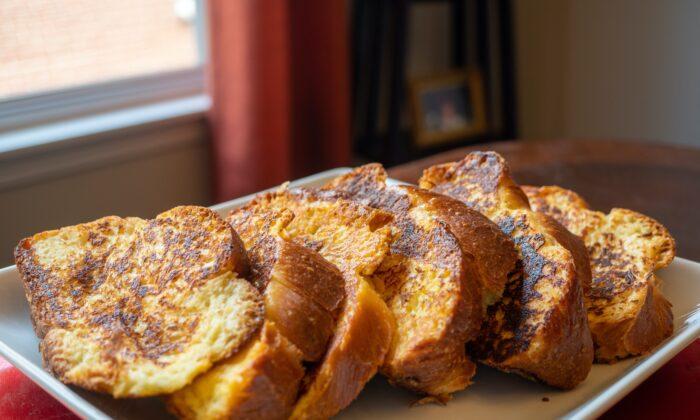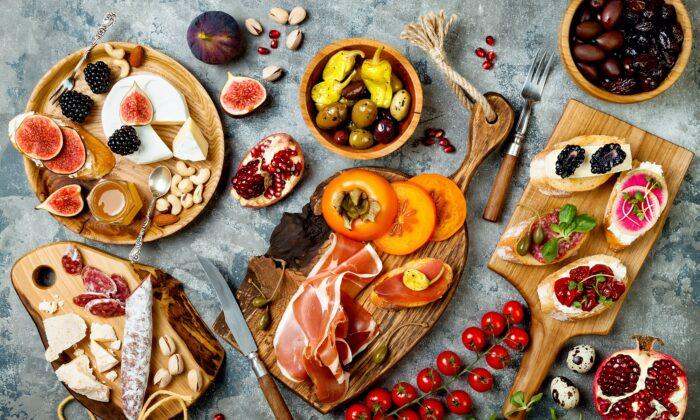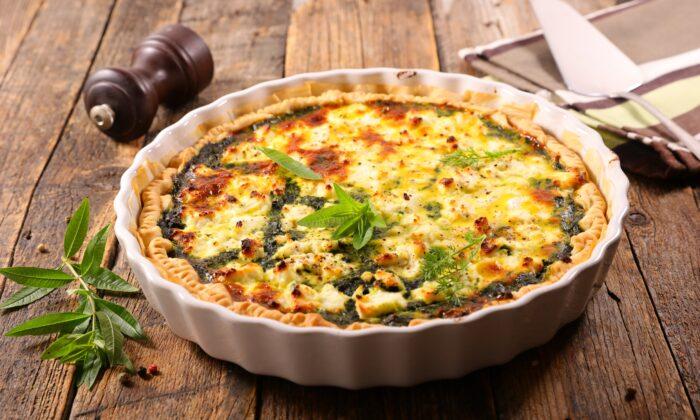Toile de Jouy: French By Design
Some might not recognize the name, but view the iconic pattern and you will know it in an instant. Whether it’s from your old aunt’s wallpaper, a five-star Normandy hotel’s boutique suite, or a porcelain plate, the French aesthetic is iconic.The birthplace of the famous fabric pattern Toile de Jouy is Jouy-en-Josas. The small town is located just 7km from Versailles Palace, which presumably explains why the Oberkampf linen factory that first produced the pattern on cotton received royal accreditation.

The History of “Toile de Jouy”
In 1759, Christophe-Phillipe Oberkampf discovered the ban on cotton was being lifted. Oberkampf had been working in his family’s textile business for years and decided to open his own factory. In 1760, Christophe Phillipe Oberkampf opened a factory in Jouy-en-Josas which was one of the first major producers of toile. Originally the design scenes were carved on woodblocks and printed in only one color onto a cream or white fabric.Oberkampf was influenced by Rococo art and worked with designer and engraver Jean-Baptist Huet whose designs featured vignettes, pastoral scenes, and European mythology. The repeated designs were simple and classic and in a single color. In addition to these romantic pastoral patterns, many toile patterns told a story or reference major events.
Toile de Jouy was the fashionable choice in the 18th century for clothing and interiors – even Marie-Antoinette visited Oberkampf’s factory in Jouy-en-Josas.
A narrative pattern
The elements were traditionally bucolic rural scenes but didn’t have to be. The toile prints and patterns were the perfect medium for recording historic events, political messages, and populists’ themes.Le Ballon de Gonesse
At the time of Oberkampf’s death in 1815, the company catalog of over 30,000 patterns.The printed fabric of Toile de Jouy became popular in French and the rest of Europe as other printing companies began to produce toile.
The popularity of toile even spread to America. The vignettes on toile featured American people and places such as the American Revolution, Benjamin Franklin, or Betsy Ross.
Toile de Jouy Today
The classic aesthetic remains popular today and is the perfect canvas for modern-day artists and designers. While patterns continue to take inspiration from the classic French design, patterns today include more exotic patterns.Toile de Jouy & OuiPlease
Discover Atelier Sablon and our Toile de Jouy Bag in our upcoming box and customize your bag, which Toile de Jouy color will you pick?







